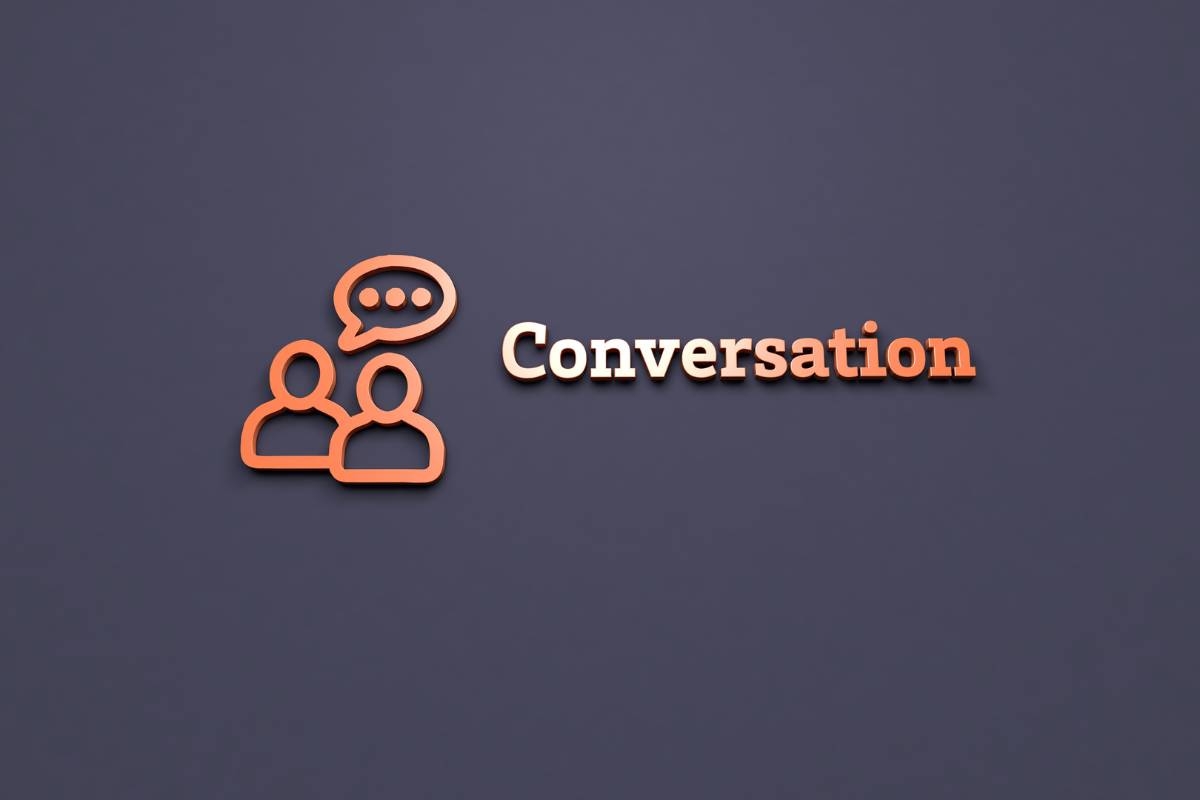
Introduction
In the digital landscape, color psychology plays a pivotal role in shaping user perceptions, emotions, and behaviors. Businesses and marketers leverage the power of colors to enhance brand identity, drive engagement, and ultimately, increase online conversions. Every color evokes a different response, and understanding these nuances can be the key to optimizing your website for better user experience and higher sales.
The Science Behind Color Psychology
Color psychology is deeply rooted in human cognition and emotions. Studies suggest that colors have a direct impact on decision-making and can influence how users interact with websites. The right color scheme can attract attention, instill trust, and even prompt impulse purchases.
Neuroscientific research reveals that color processing occurs in the brain?s visual cortex, affecting emotional responses and consumer behavior. Color can increase brand recognition by up to 80%, which directly impacts conversion rates.
How Different Colors Influence Consumer Behavior
1. Red – The Color of Urgency and Passion
Red is a high-energy color associated with urgency, passion, and excitement. It is often used in clearance sales, call-to-action buttons, and limited-time offers to encourage quick decision-making. Companies like Coca-Cola and Netflix use red to create a sense of excitement and urgency.
2. Blue – Trust, Security, and Reliability
Blue is widely used by financial institutions, healthcare brands, and social media platforms like Facebook, LinkedIn, and PayPal. It evokes a sense of trust, stability, and calmness, making it an excellent choice for businesses that require a high level of consumer confidence.
3. Green – Nature, Health, and Growth
Green symbolizes health, nature, and prosperity. It is often used in eco-friendly brands, organic products, and financial services. Companies like Whole Foods and Starbucks use green to represent sustainability and a positive, fresh experience.
4. Yellow – Optimism and Attention-Grabbing
Yellow is a cheerful and energetic color that grabs attention quickly. It is commonly used in fast-food chains and promotional banners. Brands like McDonald’s and Snapchat use yellow to evoke happiness and enthusiasm.
5. Black – Luxury, Elegance, and Sophistication
Black is a powerful color that signifies luxury, exclusivity, and authority. High-end brands like Chanel, Louis Vuitton, and Apple use black to convey sophistication and premium quality.
6. Orange – Excitement and Call to Action
Orange blends the energy of red and the cheerfulness of yellow. It is used in call-to-action buttons and entertainment industries to create a sense of fun and enthusiasm. Brands like Amazon and Nickelodeon utilize orange to capture user attention.
7. Purple – Creativity and Royalty
Purple represents luxury, creativity, and wisdom. It is often used in beauty and wellness industries. Brands like Cadbury and Hallmark use purple to appeal to an audience that values creativity and exclusivity.
Using Colors to Optimize Online Conversions
1. Choosing the Right CTA Colors
Your call-to-action (CTA) buttons are crucial for conversions. Research suggests that contrasting CTA colors increase conversion rates significantly. For example, red and orange buttons create urgency, while green and blue buttons promote trust and reliability.
2. Color Contrast for Readability
Readability is key to keeping visitors engaged. High contrast between text and background ensures better readability. For example, black text on a white background is easier to read than dark gray on black.
3. Gender-Based Color Preferences
Men and women have different color preferences, which can influence website design choices. Studies indicate that men prefer blue, black, and green, while women favor purple, blue, and green. Avoid colors like brown and orange when targeting a female audience.
4. Cultural Color Meanings
Different cultures associate colors with unique meanings. For example:
- Red symbolizes good luck in China but represents danger in Western cultures.
- White is linked to purity in Western cultures but is associated with mourning in India and Japan. Understanding cultural differences ensures that your color choices resonate with your target audience.
5. Emotional Triggers and Branding
Your brand’s color scheme should align with its core values and messaging. For instance:
- Tech companies (IBM, Dell) use blue for trust and innovation.
- Fast-food brands (KFC, Wendy’s) use red and yellow to stimulate appetite and urgency.
- Luxury brands (Gucci, Prada) use black and gold to convey sophistication.
Case Studies on Color Psychology in Marketing
Case Study 1: A/B Testing with Button Colors
A study by HubSpot tested red and green CTA buttons on a website. The red button outperformed the green one by 21% in conversions, proving that color plays a crucial role in decision-making.
Case Study 2: McDonald’s and Color Psychology
McDonald’s uses a combination of red and yellow, which subconsciously encourages fast eating and happiness. This strategy ensures high customer turnover and repeat visits.
Case Study 3: Facebook’s Blue Theme
Facebook?s dominant blue color scheme is designed for trust and engagement. Since blue is also known to be less straining on the eyes, it keeps users on the platform for longer periods.
Best Practices for Implementing Color Psychology in Web Design
1 Keep It Simple ? Avoid using too many colors, which can overwhelm users.
2 Use Complementary Colors ? Ensure harmony in your color palette for a professional look.
3 Prioritize Accessibility ? Make sure colorblind users can navigate your site effectively.
4 Test and Optimize ? Conduct A/B tests to determine the best color choices for your audience.
Final Thoughts
The psychology of colors is a powerful tool that can dramatically affect online conversions. By understanding how different colors impact consumer behavior, businesses can create visually compelling websites that drive engagement, build trust, and boost conversion rates.
